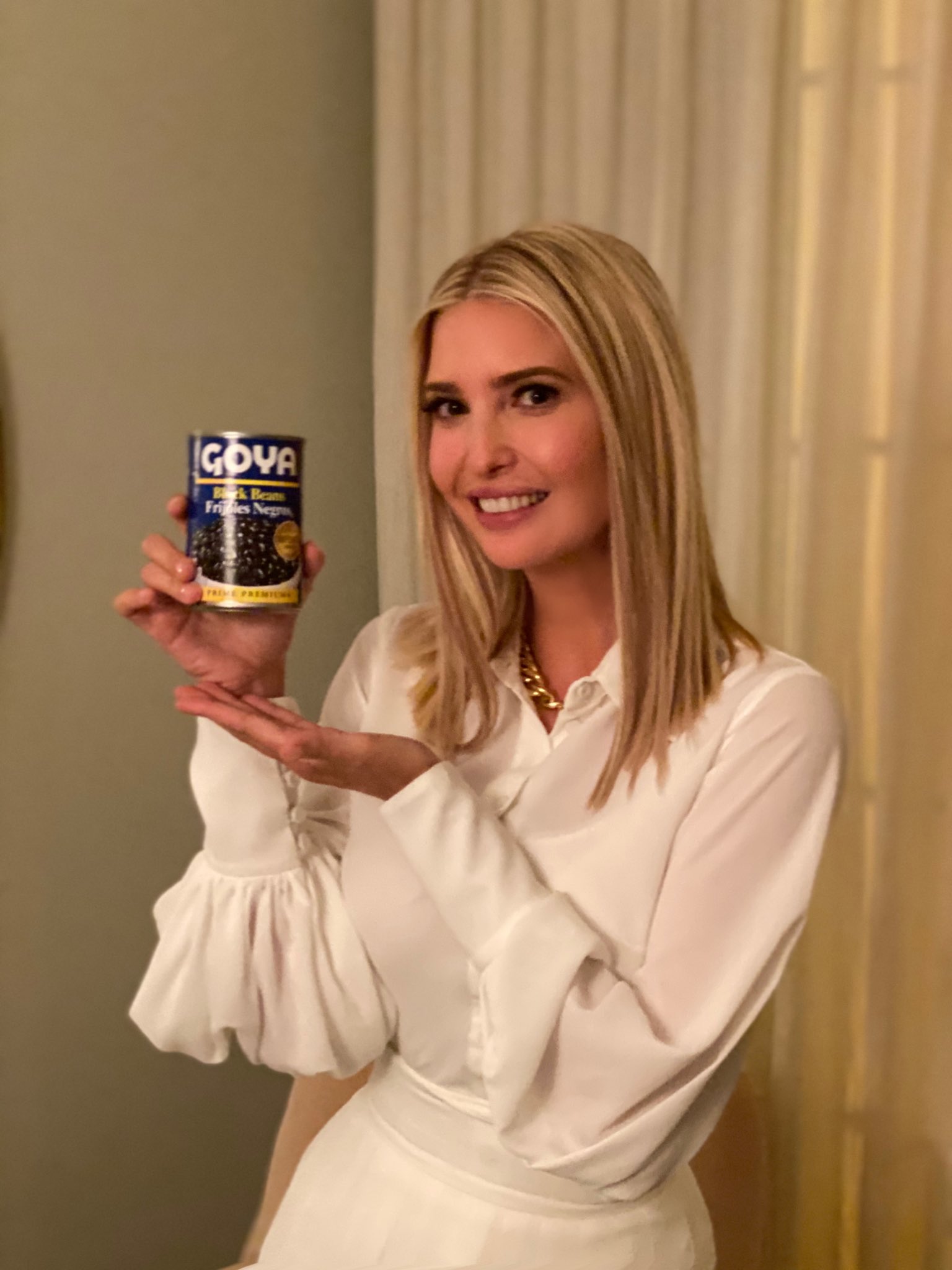 Baruch Fischoff
Baruch FischoffJAMA. 2020;324(2):139-140.
doi:10.1001/jama.2020.10178
Here are two excerpts:
Individuals must answer complementary questions. When is it safe enough to visit a physician’s office, get a dental check-up, shop for clothing, ride the bus, visit an aging or incarcerated relative, or go to the gym? What does it mean that some places are open but not others and in one state, but not in a bordering one? How do individuals make sense of conflicting advice about face masks, fomites, and foodstuffs?
Risk analysis translates technical knowledge into terms that people can use. Done to a publication standard, risk analysis requires advanced training and substantial resources. However, even back-of-the-envelope calculations can help individuals make sense of otherwise bewildering choices. Combined with behavioral research, risk analysis can help explain why reasonable people sometimes make different decisions. Why do some people wear face masks and crowd on the beach, while others do not? Do they perceive the risks differently or are they concerned about different risks?
(cut)
Second, risk analyses are needed to apply that knowledge. However solid the science on basic physical, biological, and behavioral processes, applying it requires knowledge of specific settings. How do air and people circulate? What objects and surfaces do people and viruses touch? How sustainable are physical barriers and behavioral practices? Risk analysts derive such estimates by consulting with scientists who know the processes and decision makers who know the settings.3 Boundary organizations are needed to bring the relevant parties together in each sector (medicine, sports, schools, movie production, etc) to produce estimates informed by the science and by people who know how that sector works.
The info is here.







